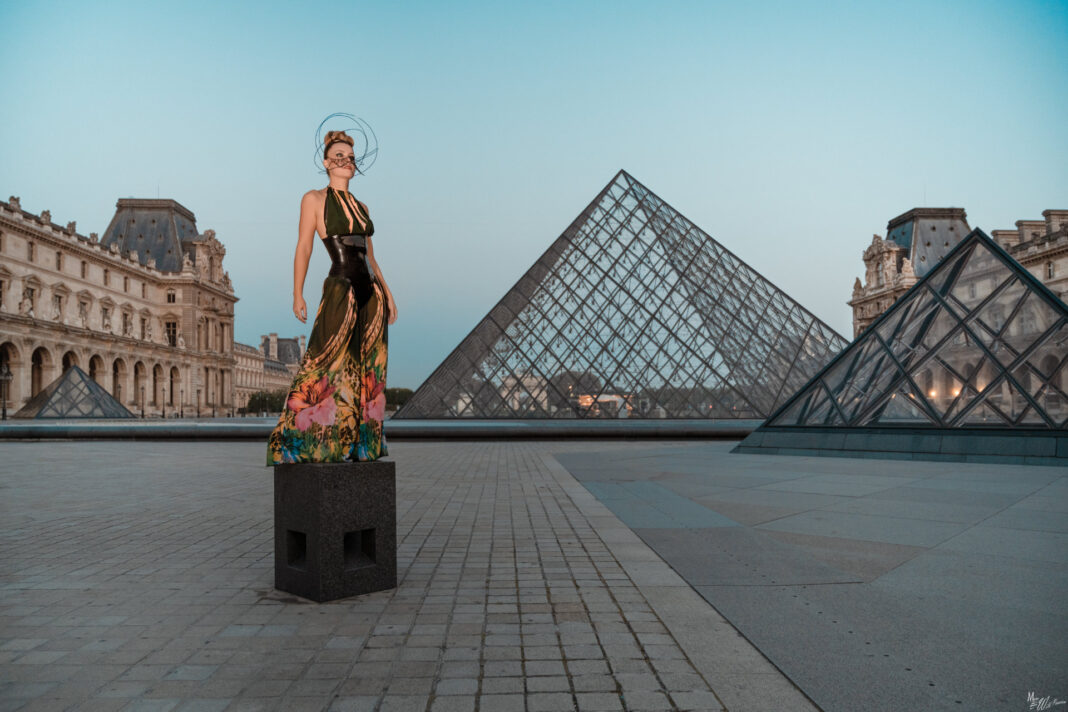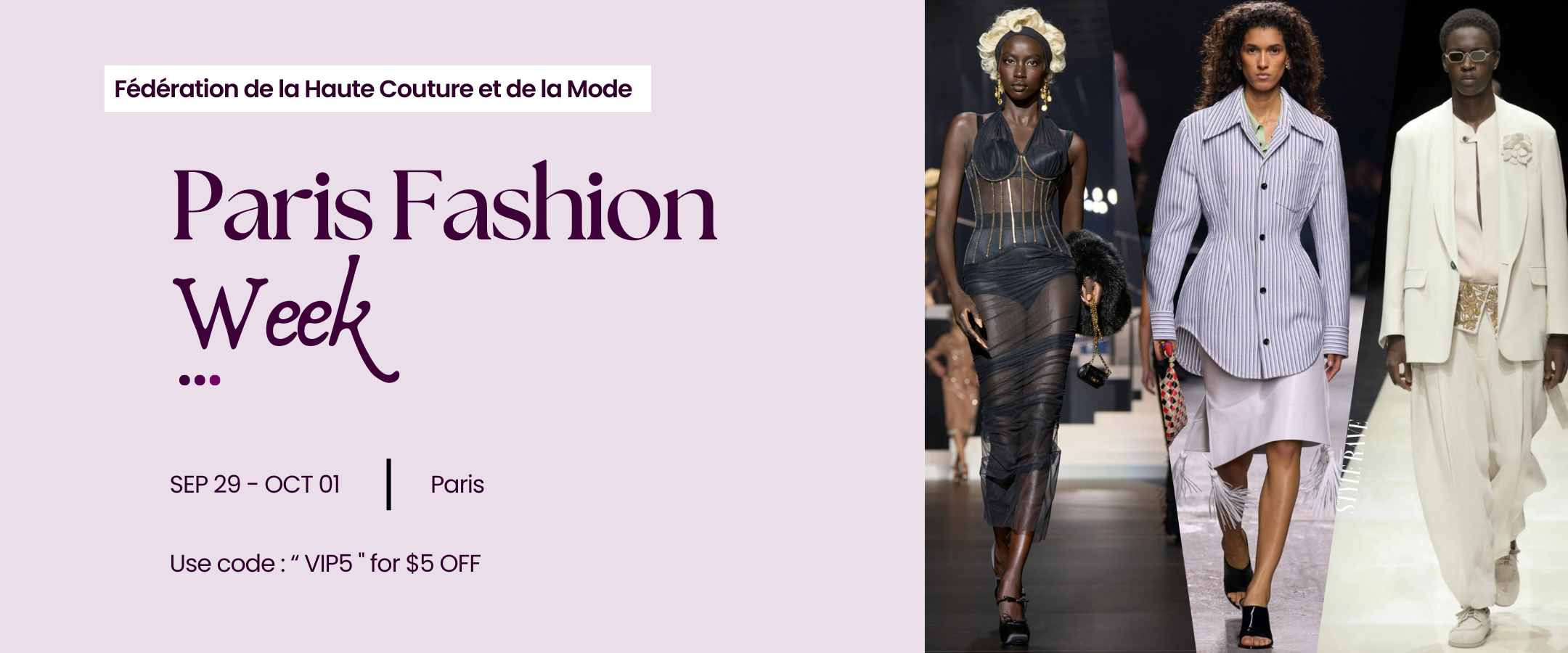In an age of growing eco-consciousness, it’s surprising how underutilized latex remains in mainstream fashion. Renewable, biodegradable, and hand-harvested from the rubber tree, latex stands out as a sustainable material. It contains no solvents, carcinogenic plasticizers, or ozone-depleting substances, and is often mistaken for PVC—a petroleum-based plastic with a significantly heavier environmental footprint.
Latex is drawn from a milky fluid produced by over 20,000 plant species. When plants are injured, this fluid coagulates on contact with air, forming a waterproof layer. In the case of the rubber tree, the fluid is collected through a process known as rubber tapping—an approach that doesn’t require felling the tree and offers a lower environmental impact compared to crops like oil palm or coffee.
Historically, latex—or natural rubber—has been part of human culture for millennia, dating back to 1600 BC in Mesoamerica. It gained commercial use in the 19th century for protective garments such as the Mackintosh raincoat (1824). However, its tight, shiny appearance soon lent itself to an eroticized image, which led to associations with taboo. From John Sutcliffe’s iconic catsuit in the 1950s to characters like Honor Blackman’s Cathy Gale and Diana Rigg’s Emma Peel in The Avengers, latex’s visual allure became embedded in pop culture. The 1990s further mainstreamed the material in blockbuster films like Batman Returns, The Matrix, and even fashion runways, worn by icons like Lady Gaga, Kim Kardashian, and Miley Cyrus.
Yet despite its increasing visibility, few designers have dared to make latex their brand’s foundation. One exception is Berlin-based label Lüllepop, founded in 2009 by fashion designer Cathleen Reinheckel. Alongside her husband and photographer André Gawanka, Reinheckel has reimagined latex in a way that transcends fetishwear. Through intricate craftsmanship, laser cutting, and textile blending, she crafts elegant, avant-garde pieces that redefine the material’s aesthetic possibilities.
Reinheckel’s path into fashion began in Freiberg, Germany. After studying textile and clothing technology at BSZ e.o. Plauen, she pursued fashion design at Hochschule für Technik und Wirtschaft in Berlin. She credits her early education with giving her both technical skills and the confidence to explore bold design ideas.
“I loved going out dancing,” Reinheckel recalls, “but I often lacked clothes that were both figure-hugging and allowed freedom of movement. That led me to sew for myself and friends using bi-elastic fabrics. Even then, my style was known for being extravagant and eye-catching”
Her encounter with latex was serendipitous—through an internship with a well-known latex designer, recommended by a friend who recognized her flair for stretch materials. “When I first worked with latex, I was instantly captivated by its properties,” she says. “It has a unique elasticity—it returns fully to its original shape after being stretched. That means it molds to your body without ever feeling restrictive.”
Latex, she adds, also has a natural shaping effect. “Depending on its thickness, it can accentuate the waist while still allowing freedom of movement. And because seams are glued, not stitched, it’s gentler on the skin, even in tight garments.”
Equally important to her is the fact that latex is a natural product. “As a nature lover, I found this connection to sustainability incredibly inspiring. It gives the garment authenticity and a deeper bond to nature.”
It wasn’t long before she began combining latex with other fabrics—chiffon, lace, and textiles—which opened up a wealth of creative possibilities. This fusion helped soften the material’s previously rigid image and allowed her to express a new level of femininity and sophistication through her designs.
Even the label name, Lüllepop, holds personal meaning. “It’s the surname of a close friend. I’ve always been drawn to the musicality of the name—it evokes creativity, playfulness, and individuality, all of which I wanted the brand to embody.”
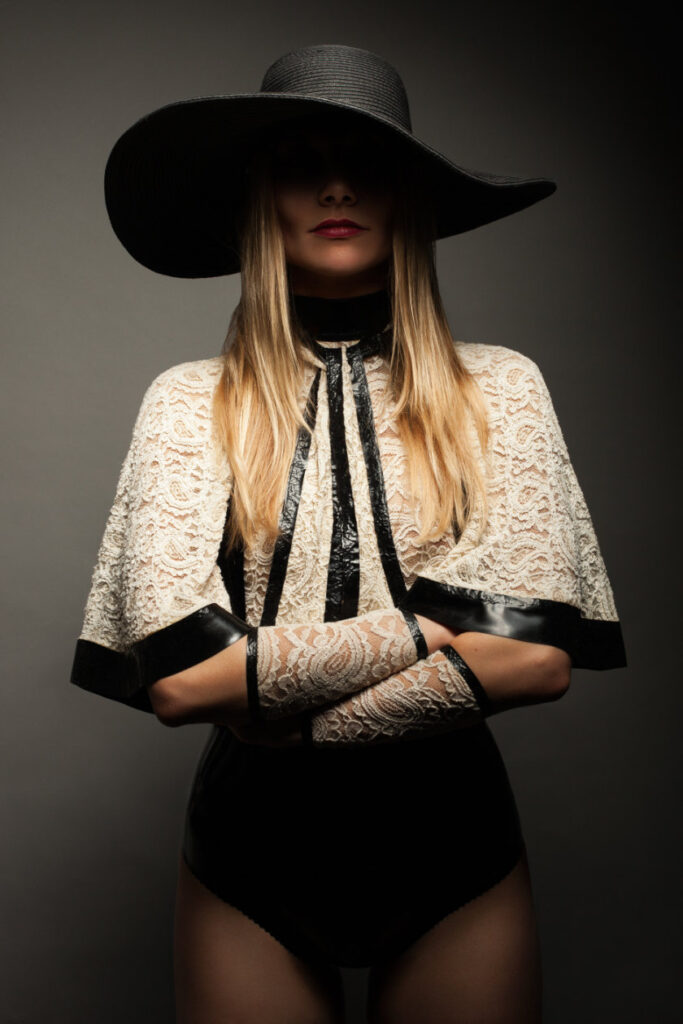
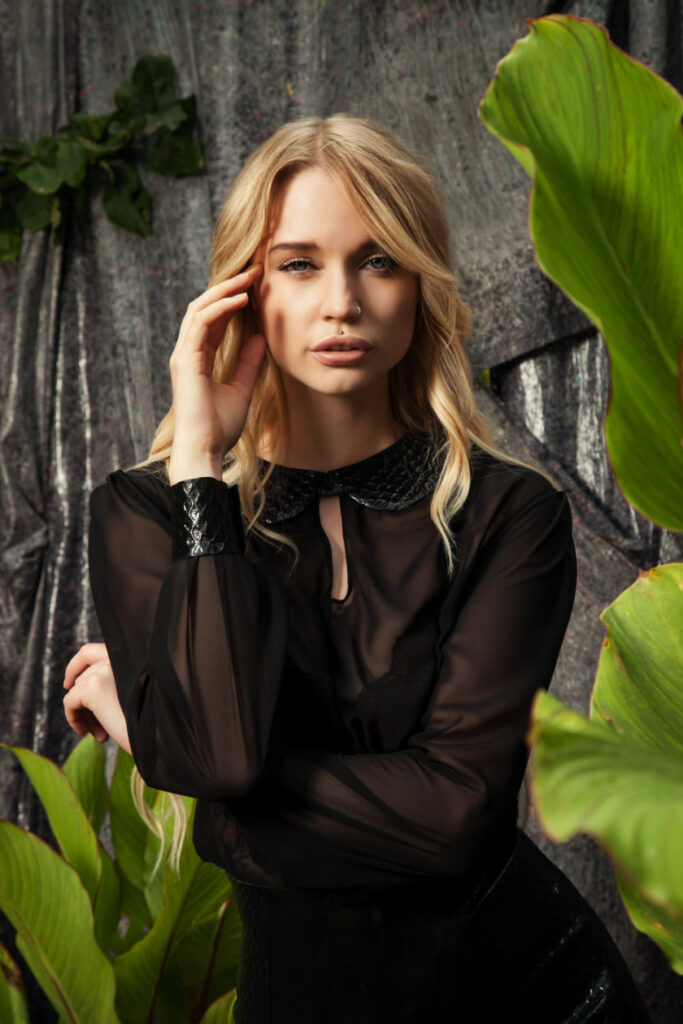
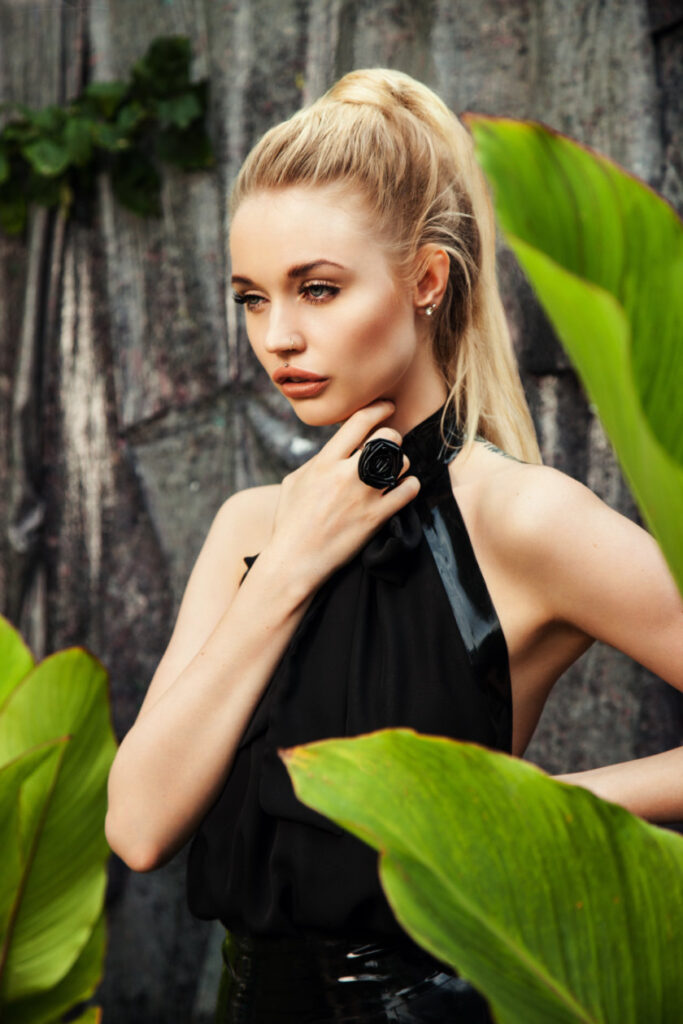

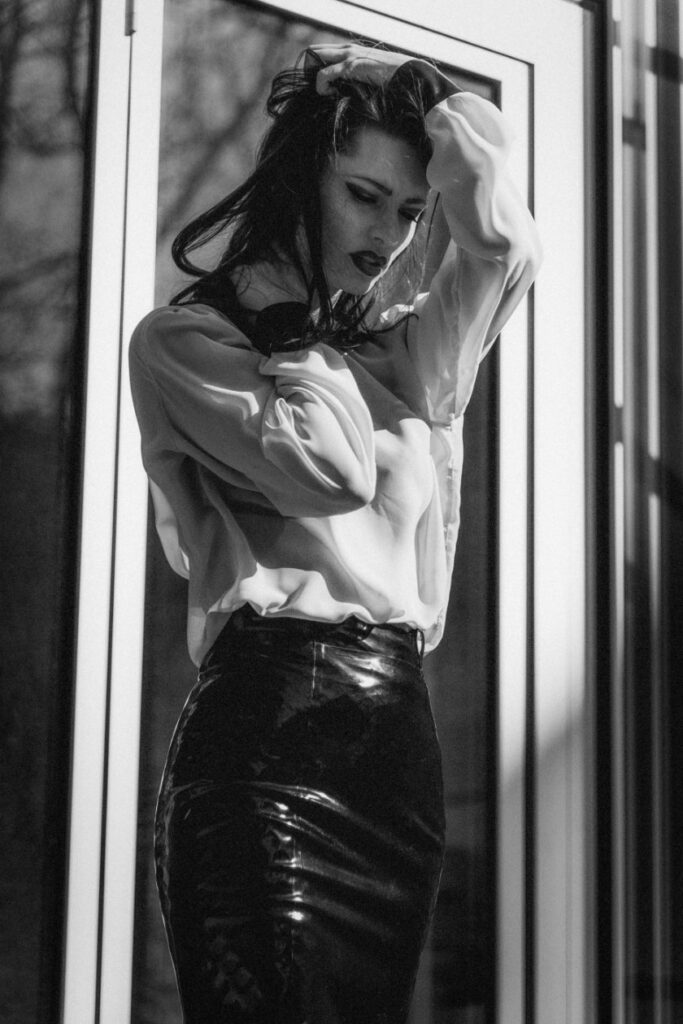

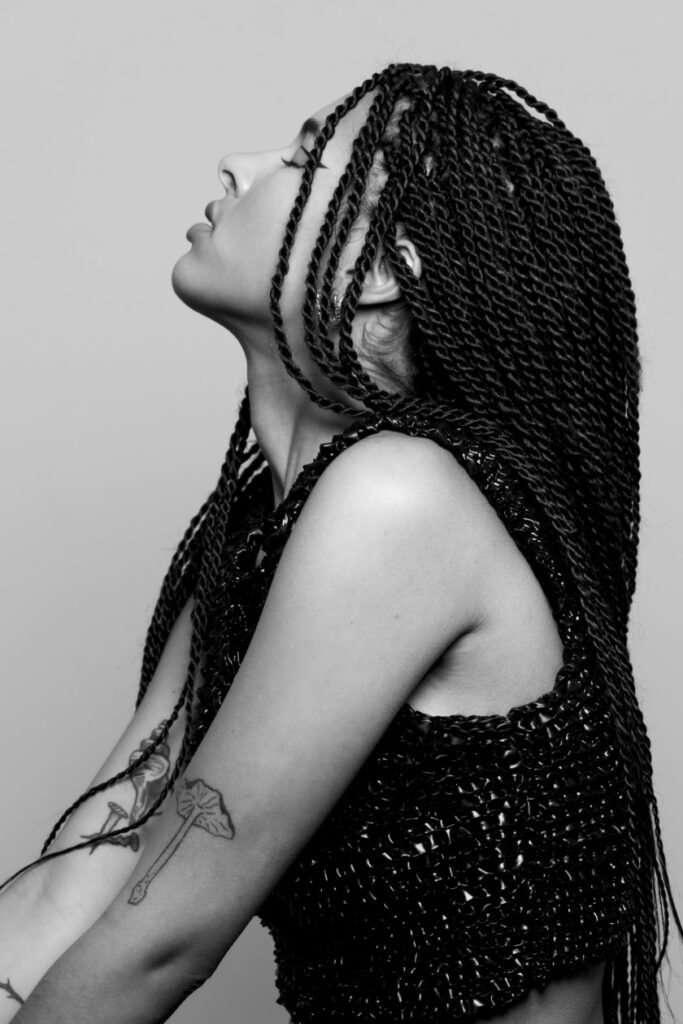
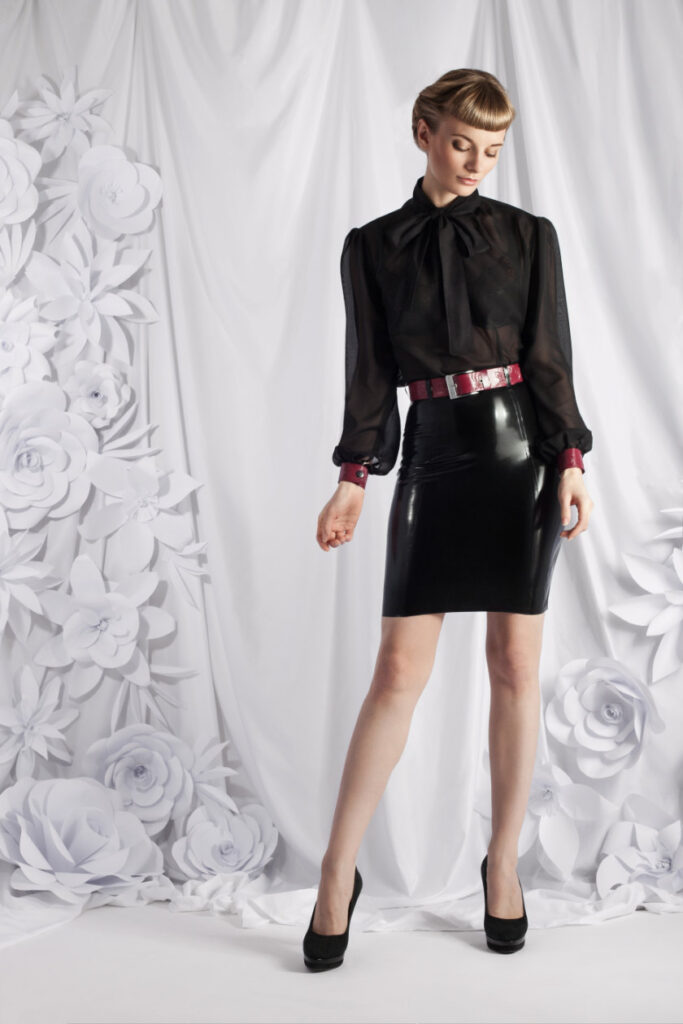
Berlin, known for its freedom and cosmopolitan spirit, was the natural launchpad for the brand. It was also where she met Gawanka, her future husband and now creative partner. Their collaborative synergy gave rise to bold visual campaigns that have appeared in magazines around the world. In 2014, they relocated to Lower Lusatia (Niederlausitz), a region rich in natural beauty. “We found the peace and space we needed to bring our artistic visions to life. With nature as our backdrop, our photo shoots and collections feel more rooted and inspired.”
While aware of latex’s fetish-related past, Reinheckel is committed to shifting the narrative. “Latex can be elegant, modern, and expressive. It’s not just catsuits or clubwear—it can be sophisticated fashion.”
Among her most experimental creations are knitted latex garments, an idea sparked by her mother, who taught her to knit as a child. “Knitting latex was a huge challenge. There’s no latex yarn, so we have to craft the raw material by hand. It’s time-intensive, but it creates something soft, flexible, and wearable—even easy to put on.”
She notes that while body-hugging latex can seem intimidating, most of her garments don’t require special techniques to wear. “You can use liquid dressing aids or powders, but with well-tailored designs, it’s rarely needed. The thicker the latex, the stronger the shaping effect, but also the more difficult it is to put on. It’s a balance.”
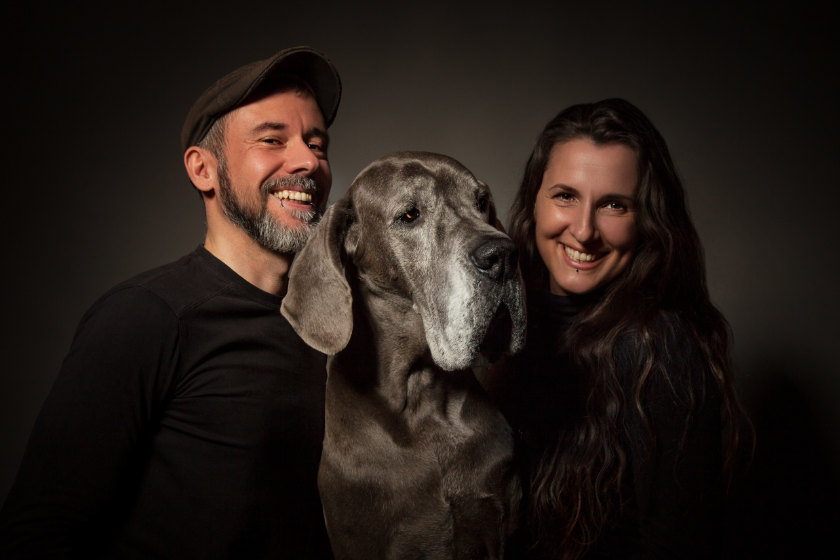
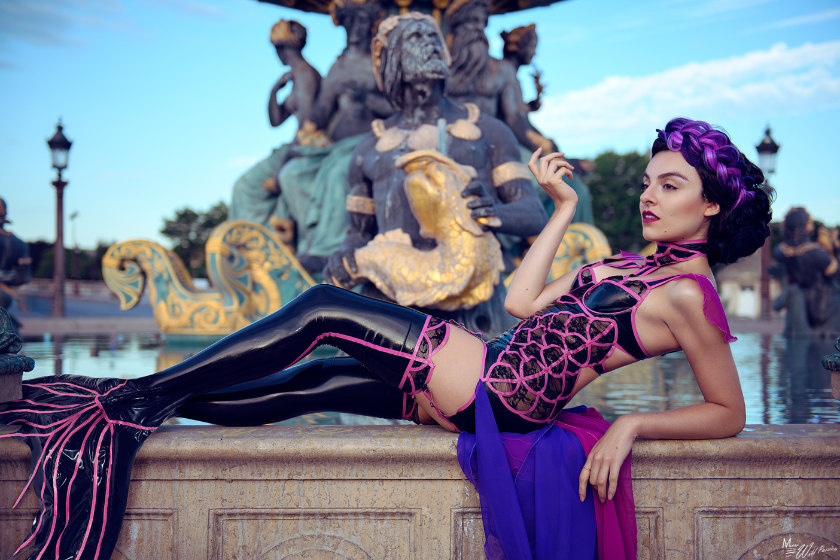
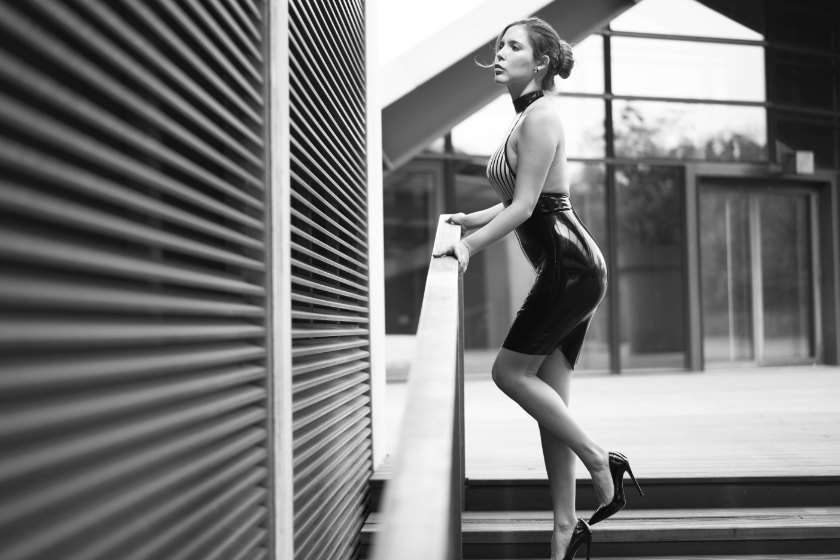
To distance her designs from clichés, she incorporates subtle tones like burgundy and champagne, rather than the stark black or neon colors often associated with latex. Texture plays a key role, too. Lace, embossing, and laser-cut patterns add depth, delicacy, and refinement. Her husband handles the precise laser-cutting process, ensuring exceptional quality, before the pieces are finished by hand in their Crinitz-based studio.
Looking forward, Lüllepop’s next chapter is one of individuality and exclusivity. “We’re moving toward one-of-a-kind pieces and personalized garments,” she says. “Each detail should reflect the personality of the wearer. We want them not just to look beautiful, but to feel a deep, personal connection to their clothing.”
For Reinheckel, fashion is far more than just apparel—it’s identity. And through latex, she is crafting a new language of style: expressive, sustainable, and unapologetically original.

